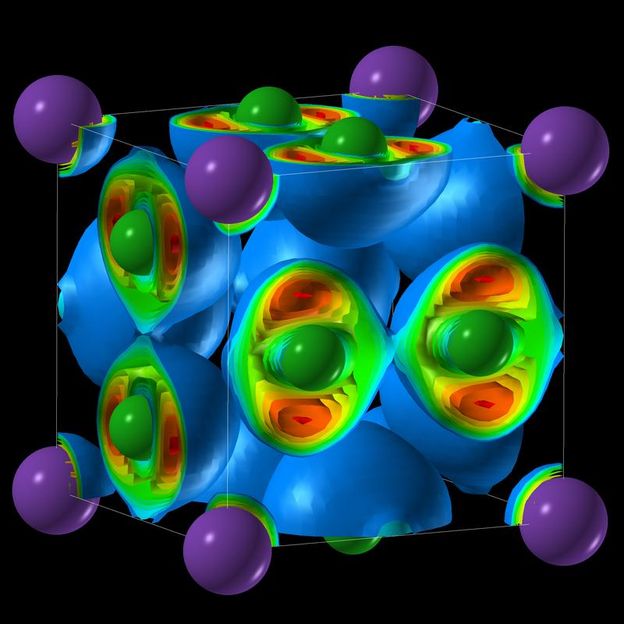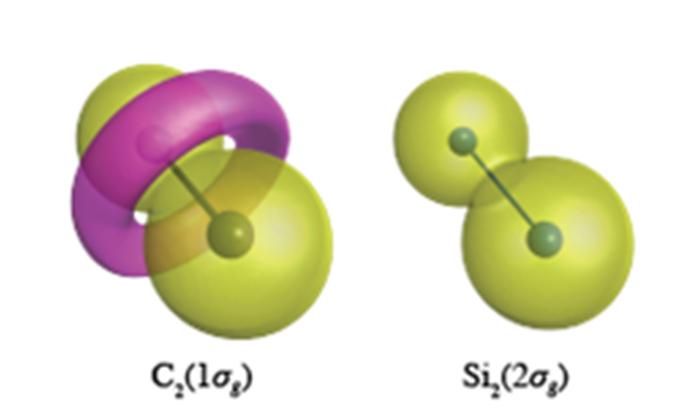Hair dyeing without any risk - is that possible?
BfR Symposium on the latest scientific findings about cancer and allergy risks from hair dyes
hair dyes have attracted major attention since the evaluation of epidemiological studies from the USA from 2001 identified signs of an elevated risk of bladder cancer amongst hairdressers and consumers who had used hair dyes particularly prior to 1985. This prompted the European Commission to launch a systematic safety assessment of all substances used in hair dyes with a view to drawing up a positive list of safe substances. Some of the main commercial substances used in hair dyes are also sensitising and can, therefore, trigger allergic skin reactions. At the Federal Institute for Risk Assessment (BfR) in Berlin around 100 representatives from science, public authorities, industry, consumer associations and the media came together in order to present the latest scientific findings available on the risk of cancer and sensitisation, and to discuss the need for further research.
"There is no risk of cancer through hair dyes for consumers", says BfR President Professor Dr. Dr. Andreas Hensel. The problematic substances had been banned for years. "There is, however, a need for research on the problem of allergies caused by hair dyes."
The first commercial dye - para-phenylene diamine (PPD) - was placed on the market in 1907. PPD has highly sensitising properties and can trigger contact allergies. PPD is used as a precursor to the colour shade. The actual colour develops in a chemical reaction with the oxidation coupler in the hair. In hair clinics in Europe between three and five percent of the patients with contact allergies are sensitive to PPD. However, it is estimated that only around one-third of these cases can be attributed to the use of hair dyes. Dyes in textiles and leather, and henna tattoos could be the cause of the other cases. Clinical-dermatological allergy tests as well as the self-tests recommended by some hair dye manufacturers are under discussion as possible contributory factors to sensitisation. The use of PPD in hair dyes in Germany is on the decrease; however, some of the alternatives are problematic.
Following the worrying epidemiological observations of a possible association between the occurrence of bladder cancer and the use of hair dyes in the USA, the EU launched a broadly based programme that firstly promotes epidemiological studies in Europe. Secondly, industry was called on to undertake basic research in order to elucidate the chemical processes in oxidative hair dyes with a view to establishing the consequences for safety assessment. In order to be able to draw up a positive list of safe substances for hair dyes, industry had to prepare scientifically robust dossiers for the safety assessment of these dyes. They are evaluated by an independent scientific committee. The number of substances used in this method was significantly reduced, too.
The evaluation of the available epidemiological findings about a possible association between cases of cancer and hair dye use does not produce a uniform picture. Most experts are of the opinion that there are not enough data to establish a clear, statistical association. For consumers there is no health risk from hair dyes because the problematic substances have been banned for a long time.
At the BfR Symposium on the subject of hair dyes, further, recent research findings were presented particularly concerning differences in metabolism in conjunction with the intake of substances through the skin compared with dietary intake. Discussions also focussed on new methodological, non-animal approaches that permit statements on the toxicity of chemical substances. The problem of sensitisation leading to allergic reactions caused by hair dyes, particularly in hairdressers, has still to be resolved and requires further basic research.
Topics
Organizations
Other news from the department science
These products might interest you

Rotating ring disk electrode-3A Rotator by C3 Prozess- und Analysentechnik
Precise rotation and easy electrode change - Discover the innovative Rotator system!

VOLTAMMETRY CELLS by C3 Prozess- und Analysentechnik
Replace many sensing elements with our versatile voltammetry cell for precise measurement results

Interface 1010™ by C3 Prozess- und Analysentechnik
Optimize your electrochemical measurements for precise results and a wide range of applications

Reference 620 by C3 Prozess- und Analysentechnik
Potentiostat / Galvanostat / ZRA with maximum sensitivity and minimum noise for pioneering research

Get the chemical industry in your inbox
By submitting this form you agree that LUMITOS AG will send you the newsletter(s) selected above by email. Your data will not be passed on to third parties. Your data will be stored and processed in accordance with our data protection regulations. LUMITOS may contact you by email for the purpose of advertising or market and opinion surveys. You can revoke your consent at any time without giving reasons to LUMITOS AG, Ernst-Augustin-Str. 2, 12489 Berlin, Germany or by e-mail at revoke@lumitos.com with effect for the future. In addition, each email contains a link to unsubscribe from the corresponding newsletter.
Most read news
More news from our other portals
Last viewed contents

Salty surprise: Ordinary table salt turns into 'forbidden' forms - High-pressure X-ray experiments violate textbook rules of chemistry
Robert_Abbe
Molecular Rendezvous Caught on Camera - Scientists watch on the atomic level how individual molecules recognize each other

Core electron topologies in chemical bonding
Miarolitic_cavities
Joule's_laws
Graphene: Singles and the few
Bile



























































